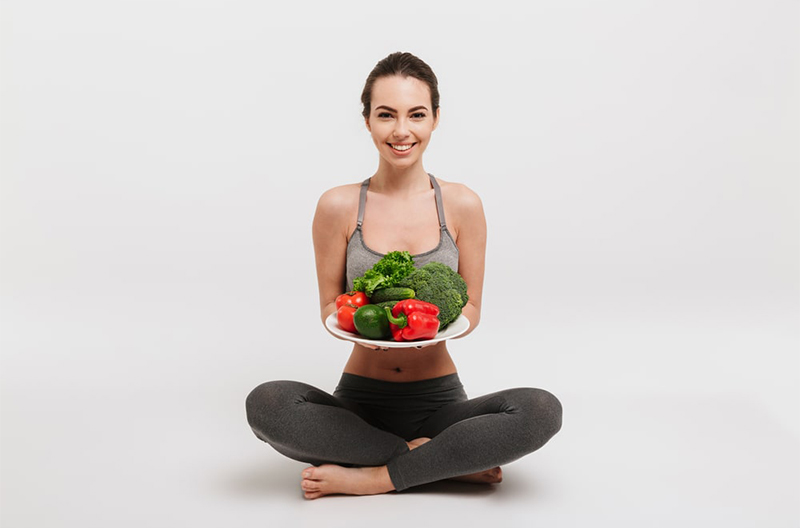The Paleo diet is highly popular and, as a result, there are many variations of this eating plan. Perhaps one of the most popular is the vegetarian Paleo diet. If you already live a meat-free lifestyle and want to try this plan, it could work for you. What can vegetarians eat on the Paleo diet? What items should be on your vegetarian paleo diet food list (and which items should you exclude)? Here’s the answer to those questions and more.
What Can Vegetarians Eat on the Paleo Diet?
This diet is one that’s relatively high in both meat and fish. So, what can vegetarians eat on the Paleo diet? While you have to cut out these two fundamental ingredients, there are still many fresh and healthy foods you can enjoy. Here are the basics.
1. Eggs
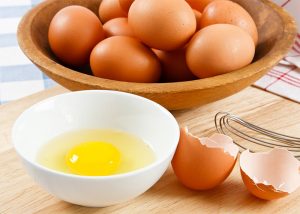
When your diet lacks meat and fish, you need to look for other protein sources. Eggs are typically quite high in protein, offering more than 12g per 100g serving.[1] For that reason, these should be high up on your vegetarian Paleo diet food list. Try boiling or poaching the eggs rather than frying them to keep things as healthy as possible.
2. Vegetables
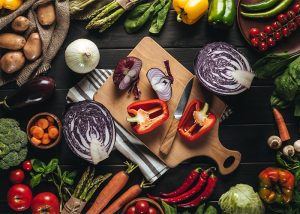
An excellent source of vitamins and nutrients, vegetables are an essential part of your diet. There’s a whole range of foods that you can include in your everyday meal plans. Opt for high-protein options such as broccoli, corn, and asparagus. You may also want to include some tubers in your diet, such as potatoes, turnips, and sweet potatoes.
3. Nuts and seeds
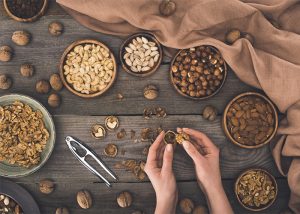
Adding a crunchy texture to your meals couldn’t be easier than sprinkling on some nuts and seeds. In particular, nuts are a highly healthful source of natural fats. Remember that these ingredients should be an extra or snack, rather than the bulk of your meal. Nuts can be particularly calorific. For example, 100g of almonds equates to 575 calories.[2] That’s why limiting the amount you consume could be the key to success.
4. Fruit
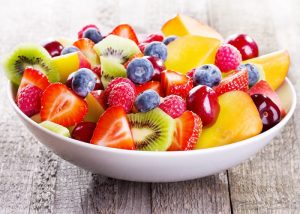
What can vegetarians eat on the Paleo diet when it comes to snacks? One of the easiest answers here is fruit. Keeping pieces of fruit in your bag for when you get hungry should help you stick to your diet plan. What’s more, some types of fruit also double as superfoods. For example, avocados are a brilliant source of potassium and healthy fats.[3] Experiment by adding different fruit to your meals, desserts, and snacks.
5. Healthy oils

When planning out your vegetarian Paleo diet food list, consider other areas in which you can get healthy fats. Olive oil, avocado oil, and coconut oil will all give you the healthy oils and fats that your body needs. These also happen to be a fundamental part of the Paleo diet and vegetarian-friendly. Of course, you should avoid frying foods when you can.
6. Spices, herbs, and salt
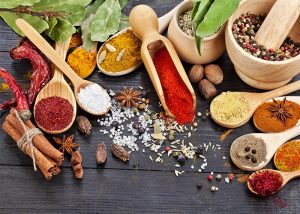
How can your make your vegetarian Paleo feasts even more appetizing? Seasoning will be absolutely essential. Using herbs and spices, you can elevate the taste of your meals and ensure that you truly look forward to eating them. Plus, you can also use a little sprinkling of salt to bring out their natural flavor. Of course, it should be noted that you don’t want to overuse the salt.
What Typical Vegetarian Foods Should Be Avoided?
Needless to say, there are strict rules when it comes to the Paleo diet. The eating plan prohibits eating certain ingredients. With that in mind, let’s take a quick look at the vegetarian foods that you should avoid when you’re following the vegetarian Paleo diet.
1. Legumes
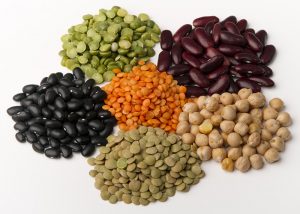
Legumes include beans, lentils, chickpeas, peas, and more. The guidelines of the Paleo diet suggest that you should avoid these ingredients completely. However, these ingredients are great nutrient sources for vegetarians, and so you may wish to include small portions of them in some of your meals.
2. Processed food
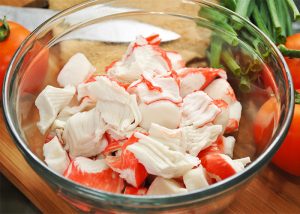
The fundamental rule of the Paleo diet is that you should only consume foods that were available during the Paleolithic era. That means waving goodbye to processed foods. Vegetarian processed products include faux meat, fast food, and ready meals. Heavily processed food has been linked to weight gain, according to a study from the National Institutes of Health.[4] With that in mind, cutting these products out is a smart move.
3. Syrups and sugars
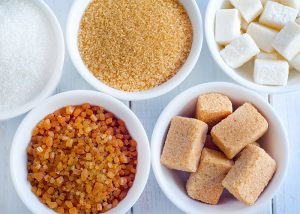
If you have a sweet tooth, you won’t be pleased to hear this next rule. Sugars and syrups have no place on your vegetarian Paleo diet food list. That also means that you should avoid foods that include high levels of sweetener or sugars. For example, you will need to stop drinking fruit juices and quit eating candy and ice cream.
4. Grains
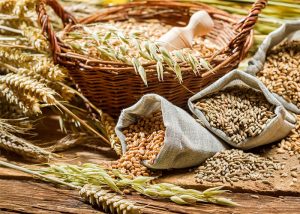
Grains are another ingredient that the Paleo diet says you should avoid. These include bread, pasta, and wheat. Cutting back on these ingredients will help you to follow the diet plan in its strictest form. Should you find that your energy levels drop, though, including a small portion of grains in your meals could be the answer.
5. Dairy

Milk, butter, and cheese all have to go when you’re following the vegetarian Paleo diet. You should also avoid things that call themselves “low-fat” as these may include high levels of sugar and additives. While this transition may be hard, it is entirely necessary for the diet.
4 Tips That Make Eating as a Vegetarian on a Paleo Diet Easier
Now that you understand the basics of the vegetarian Paleo diet food list, it’s time to talk about how you can stick to it and make it work. There’s no doubt that this meal plan is harder when you cut out animal products. Here are some tips to help you out.
- Bend the rules now and then
When it comes to whipping up Paleo vegetarian meals, flexibility is key. While the diet guidelines say that you can’t eat legumes, these ingredients are full of energy and protein. So, you may want to bend the rules now and then. Adding some legumes to your meals will help you boost your protein intake and give your body what it needs. - Speak with a dietician
Worried that you won’t give your body what it needs? One of the simplest things you can do is see a dietician. Working with an expert will mean that you can design a Paleo diet that works for your specific needs as a vegetarian. - Be creative with recipes
Nobody enjoys eating bland or boring food. When you first start following the plan, you should dedicate some time to learning new recipes. Ask yourself, what can vegetarians eat that will pack a whole load of flavor and be satisfying? The more you experiment, the easier it will become. - Pay attention to your body
If your body is not getting the vitamins and nutrients it needs, you will know about it. Paying close attention to how you feel on a physical level is key here. For instance, if you start to feel weak or sleepy during the day, that may be a sign that you’re lacking something. You may need to adjust the vegetarian Paleo diet to give you what you need.
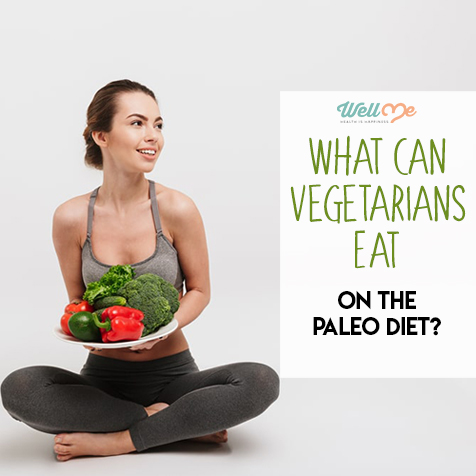
References
- [1] https://fdc.nal.usda.gov/fdc-app.html#/food-details/173424/nutrients
- [2] https://nutritiondata.self.com/facts/nut-and-seed-products/3085/2
- [3] https://nutritiondata.self.com/facts/fruits-and-fruit-juices/1843/2
- [4] https://www.nih.gov/news-events/news-releases/nih-study-finds-heavily-processed-foods-cause-overeating-weight-gain

